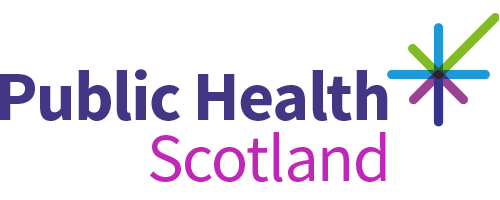People supported through Social Care Services
Support provided or funded by health and social care partnerships in Scotland 2023/24
Official statistics in development
- Published
- 04 February 2025 (Latest release)
- Type
- Statistical report
- Author
- Public Health Scotland
About this release
This annual release by Public Health Scotland (PHS) provides information on people in Scotland receiving social care support/services that were funded (partially or completely) by the Health and Social Care Partnerships. Social care is provided to people to meet a diverse range of support needs, and there are choices about how this support is delivered. People involved in choosing and controlling their support through self-directed support options and who do not receive any of these services from the Health and Social Care Partnerships are also included in the count of people receiving social care. A demographic breakdown of the people receiving social care support/services has been provided along with information on the services received during financial year 2023/24.
Main points
- An estimated 1 in 23 people in Scotland were reported as receiving social care support and/or services at some point during 2023/24.
- In 2023/24, the rate of females receiving social care was over one and half times that of males with on average 605 out every 1000 individuals receiving support being female
- In 2023/24, just over three quarters of people receiving social care services/support were aged 65 years or over (13.9% aged 65-74 years, 29.0% aged 75-84 years and 32.5% aged 85 & over). The remaining quarter were mainly aged 18-64 years (22.5%) with only 2.0% aged 0-17 years. This is a similar age split to 2022/23.
- In 2023/24, of those people receiving social care services or support just over 65% had a social worker (153,760). This is an increase of 5 percentage points from 2022/23. Forty-nine per cent of people had a community alarm and/or telecare (115,370). This was similar to 2022/23. These are the two largest areas of support.
Background
The information recorded about the people receiving social care in its various forms contributes to understanding the diversity of social care services and how they can be accessed/arranged. The national Source social care dataset includes data on technology enabled care, care at home, care homes and self-directed support. It also provides summary data on allocated social workers or support workers, day care and meals. Further information is available on the social care pages of the PHS website.
Local authorities are one of the strategic partners delivering health and social care along with NHS Boards and Integration Authorities. The label Health and Social Care Partnership has been used throughout the presentation of analysis in this publication. This reflects the Local Authority funding the support. The exception to this is that Stirling and Clackmannanshire Council analyses are shown separately although there is a single partnership involving both local authorities.
Not all partnerships were able to provide data therefore estimates are included within the trend analysis to aid comparability. Further information on data completeness and when estimation is used is provided in the dashboard.
In order to develop these statistics and due to the changes in the collection and processing, the figures in this release are classified as ‘Official Statistics in development’. Further information on the data collection is available on the PHS website.
Further information
The next release of this publication will be February 2026.
General enquiries
If you have an enquiry relating to this publication, please contact Laura Fleming at phs.source@phs.scot.
Media enquiries
If you have a media enquiry relating to this publication, please contact the Communications and Engagement team.
Requesting other formats and reporting issues
If you require publications or documents in other formats, please email phs.otherformats@phs.scot.
To report any issues with a publication, please email phs.generalpublications@phs.scot.
Older versions of this publication
Versions of this publication released before 16 March 2020 may be found on the Data and Intelligence, Health Protection Scotland or Improving Health websites.
